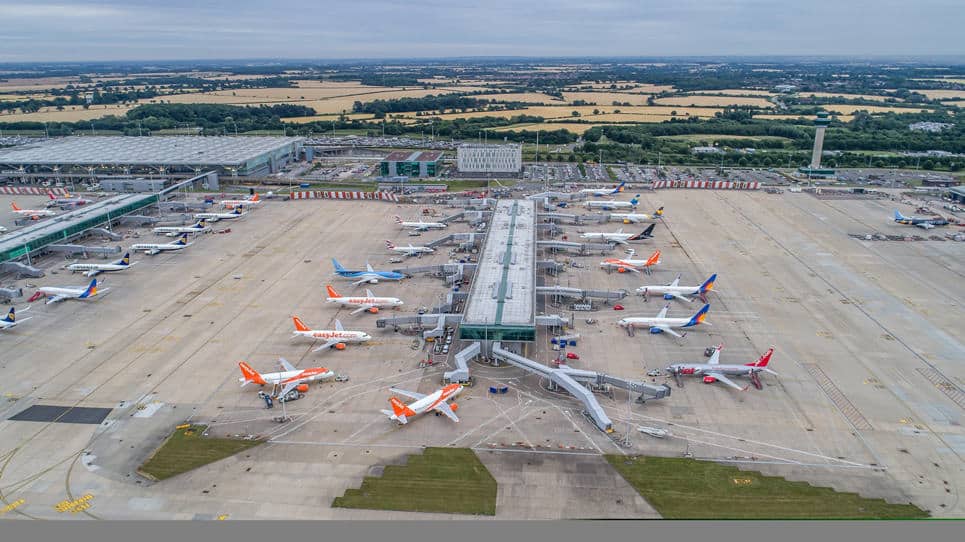The Challenge
London Stansted Airport is the fourth busiest airport in the UK serving almost 28 million passengers in 2018. AiQ Consulting were asked to do a benchmark exercise, to validate the design of a future development against their capacity and proposed of 45 million passengers. This new development was a new arrivals terminal, serving international and domestic flights. Our challenge was to test against a future schedule with a set number of reclaim belts to determine whether the proposed infrastructure in terms of reclaim belts, number of belts and lengths of those belts were going to be sufficient going forward.
We worked with senior management of the airport to validate the new design, by carrying out the arrivals belt demand study, looking at the current activities of stakeholders, ground handlers, baggage hall, immigration and more.
The Solution
Our team carried out onsite surveys looking at the current operating procedures of ground handlers, how bags are offloaded from an aircraft and how they are offloaded on to reclaim belts. We surveyed the process time for short and long haul flights, as well as the larger A380 aircraft flights. We then looked at the resource levels and how the arrivals hall was being resourced in terms of baggage. We surveyed distances, the journey times to and from aircraft stands to arrivals hall and then, in order to complete a comprehensive analysis, we looked at the immigration process itself. We surveyed passengers going through border force control at traditional manned desks, eGates and the non-EU passport desks. We surveyed the reclaim belts, looking at how long it takes passengers to reach reclaim belts and offload their bags before they walk out. We also surveyed the current layout of belts and configuration within the baggage hall. We needed to establish what was working well and what was not, which included looking at all areas of reclaim, including out of gauge, the fragiles belt and more.
Our simulation engineers used our bespoke modelling and simulation software TransvisionAiR® to enable smart decision making through a choice of outputs, including spreadsheets, graphs and comparative tables. With this unique tool we modelled the 43mppa schedule to analyse arrival reclaim belts demand and call forward area for baggage tugs and carts as well as the immigration process with the planned infrastructure to generate passenger flows into the baggage reclaim hall. From this capacity assessment we were able to determine whether both the domestic and international reclaim belts were long and sufficient enough with the provided schedule.
The Benefit
The outcome of our analysis was that the proposed infrastructure was sufficient enough to be able to cope with demand based on current practices and procedures. We were able to highlight that the proposed design length of all reclaim belts was sufficient to accommodate the maximum bag demand throughout the day, as well as identifying which belts were operating to capacity during peak times and what was the most populated belt.
Our experienced team were also able to determine that the airport actually has more capacity than required. There is a greater number of belts than needed, and through this analysis we have been asked to provide an optimization study. The AiQ Consulting team have been asked to optimize the design to reduce number and length of belts where possible. This value engineering will reduce the capital cost for Stansted Airport, an additional benefit coming from our activities.
- Reduced the airports capital cost with reduction of baggage belts
- Use of data and simulation to provide effective capacity planning
- Efficient communications and decisive management
- Efficient stakeholder engagement
- Use of expert simulation and modelling technology
- Expert baggage systems knowledge
- Prevented unnecessary investment costs

